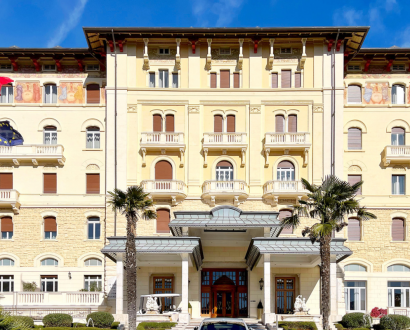In an era where efficiency, optimization and relentless ambition drive the modern workplace, the notion of rest seems counterproductive.
Time spent idly – whether staring out of a window, taking a long walk or simply pausing without an immediate task – appears anathema to productivity.
Yet paradoxically, some of the world’s most successful leaders attribute their most significant insights to periods of deliberate disengagement.
Rest is not a passive luxury but an active requirement for the brain. Indeed, strategic rest can enhance creativity, problem-solving and decision-making, critical functions for any CEO.
So if you resist taking breaks, here are the reasons why they matter and strategies for deploying them so they become part of your operating rhythm.
The biological imperative for rest
Cognitive science increasingly reveals that rest is not just beneficial – it is necessary. A seminal study by neurologist Marcus Raichle and colleagues identified what is now known as the default mode network (DMN), a brain network that activates when the mind is at rest.
This network is crucial for introspection, memory consolidation and idea generation. Far from shutting down, the brain becomes deeply engaged in connecting disparate pieces of information, forming narratives and generating insights.
Our DMN fosters divergent thinking, a process where the mind explores multiple potential solutions rather than following a linear, logical path. Stepping away from cognitively demanding tasks allows the brain to reorganize information, strengthening neural pathways that facilitate insight.

Stepping away from cognitively demanding tasks allows the brain to reorganize information, strengthening neural pathways that facilitate insight.
This explains why breakthrough ideas often arise when resting or engaging in passive activities such as showering or having a cup of tea.
Moreover, sleep research underscores the importance of downtime in maintaining cognitive sharpness. Studies by Professor of Neuroscience and Psychology Matthew Walker, author of Why We Sleep, highlight that sleep consolidates learning and problem-solving abilities. Even short naps can enhance memory and creative thinking.
Our brain needs time to rest, ponder and wander and allow for the subconscious incubation of ideas.
The illusion of constant productivity
If rest is so crucial, why do so many executives resist it?
The problem lies in our deeply ingrained cultural bias that equates busyness with productivity. The proliferation of always-on digital communication has reinforced the belief that constant responsiveness equates to efficiency.
There is also pressure to always ‘be on’.

Strategic rest does not require extensive downtime, it demands intentionality.
Additionally, behavioral economics explains how we can fall prey to what the late Professor Daniel Kahneman and Amos Tversky labeled the availability heuristic (also known as availability bias). This heuristic is a thinking shortcut where we judge how important something is based on how easily we can remember examples of it.
If something comes to mind quickly, we assume it’s more significant than things that don’t come to mind as quickly. This can lead to biased decisions because our brain favors recent or vivid information over other, potentially more relevant, facts.
Consequently, in fast-paced business environments, immediate tasks such as responding to emails or attending meetings provide tangible evidence of productivity, whereas strategic reflection – although ultimately more valuable – feels less immediately rewarding.
Using rest as your strategic advantage
Carving out rest time can seem impossible for a busy CEO. However, strategic rest does not require extensive downtime – it demands intentionality.
Here are five strategies to apply:
Take a microbreak
Even short breaks can be transformative. Brief diversions from tasks can significantly improve focus and reduce mental fatigue. CEOs can integrate microbreaks into their schedules by setting aside five-minute intervals between meetings to step away from screens and engage in undemanding activities, such as looking at nature or deep breathing.
Embrace boredom
Boredom is often associated with wasted time, but allowing the mind to wander, free from structured input, enhances problem-solving abilities. Consider scheduling white space in your calendar to allow unstructured time for free thought without specific objectives.
Have walking meetings
Steve Jobs was famous for his walking meetings. Taking your meetings outside can enhance problem-solving because you shift your mind when you shift your space. You also get the added benefit of increased daily activity, which is good for your physical and mental health.
Do the digital detox
One of the most significant obstacles to proper rest is digital distraction. Implement structured periods of disconnection, such as tech-free mornings or designated offline hours, so you have time away from technology.
Schedule reflection time
Bill Gates famously engaged in Think Weeks, during which he would retreat from daily operations to focus on broader insights, deep thinking, reading and reflection. While an entire week may be impractical, setting aside even one hour weekly for uninterrupted reflection can be valuable.
The modern corporate world often glorifies hustle, but sustainable success requires a redefinition of productivity.
The most successful leaders do not merely work harder; they work smarter by understanding the science behind brain function and leveraging strategic rest as a competitive advantage.
As you apply these strategies, you may prove to yourself (and others) that sometimes, doing nothing is the most productive action of all.







